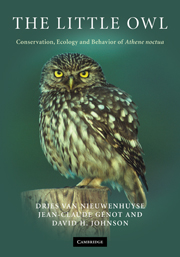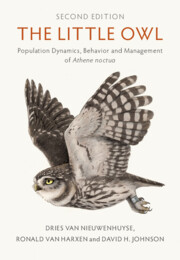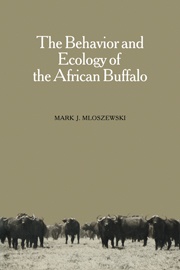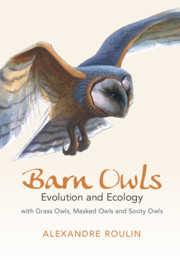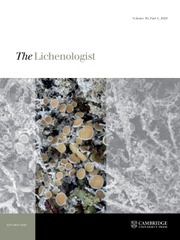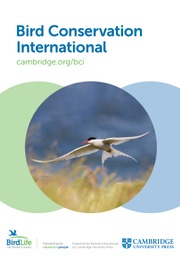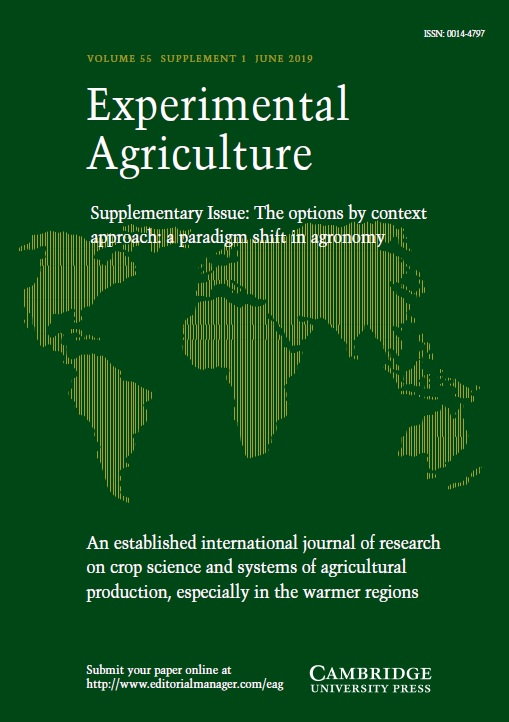The Little Owl
Understanding of the basic biology of owls is poor compared to that of other bird species. The Little Owl, Athene noctua, has become one of the best models for biological and conservation research, due to its commonness and the fact that it occupies nest-boxes very easily. In this unique book the authors synthesise the substantial literature, and detail current information regarding the Little Owl. They discuss its wide-ranging ecology, genetics and subspecies and population status by country. In addition, they outline a strategy and monitoring program for its conservation. The book features an outstanding bibliography of literature on the Little Owl, listing publications dated from 1769 to the present day, in many languages, including Russian, English, French, Dutch, German, Spanish and Italian. Whilst being an invaluable resource for academic researchers, its straightforward style holds undoubted appeal for amateurs and enthusiasts.
- Includes a chapter on the behaviour of the Little Owl - at the time of publication the only known account of this was a German monograph which is no longer available
- A major synthesis of the existing literature and knowledge of the status, distribution, and ecology of the Little Owl
- Contains translated Russian literature, offering an insight into formerly inaccessible information
Reviews & endorsements
"Readers planning to visit anywhere from England to North Africa, or from the Arabian Peninsula to northern India or China, who have either a casual or scientific curiosity about owls will find much in this volume to capture both their minds and hearts."
D. Flaspohler, Choice Magazine
Product details
October 2008Hardback
9780521886789
628 pages
253 × 177 × 33 mm
1.38kg
Available
Table of Contents
- 1. Introduction
- 2. History and traditions
- 3. Taxonomy and genetics
- 4. Morphology and body characteristics
- 5. Distribution, population estimates and trends
- 6. Habitat
- 7. Diet
- 8. Breeding season
- 9. Behaviour
- 10. Population regulation
- 11. Conservation
- 12. Research priorities
- 13. Monitoring plan for the Little Owl
- 14. Citizen conservation and volunteer work on Little Owls – the past, present and future
- 15. Literature cited
- 16. Appendices.

